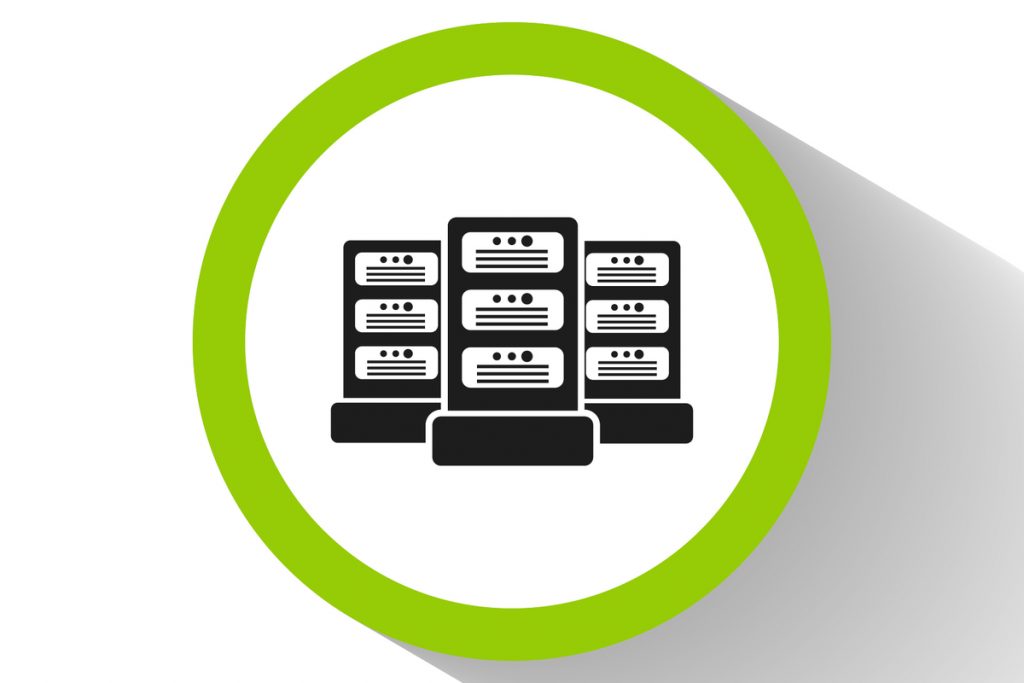For all the data center operators who are waiting apprehensively for the semiconductor vendors who had promised a fast and cost-effective memory technology. After waiting for many years, and looking at the disappointing storage technology, providers around the world might be keeping up with the requirement covering the hype of persistent memory as a practical proposition. The high capacity persistent memory, also known as Storage Class Memory (SCM) is fast and directly addressable like other storage dynamic random-access memory (DRAM). The SCM can retain data even after the power had been switched off- intentionally or accidentally. The technology can be used in the data centers to replace cheaper and slower traditional persistent storage such as hard disk drives (HDD) and solid state drives (SSD). Persistent memory (PMEM) is a high-performance solid-state byte addressable memory device that resides on the memory bus. As the persistent memory is on the memory bus, it is allowed to have DRAM like access to data, that gives the users latency and speed just like DRAM and also the non-volatility of NAND flash. Some of the prime examples of Persistent memory are NVDIMM (Nonvolatile dual in-line memory module) and Intel 3D XPoint DIMMs. Persistent memory can be used to replace the DRAM storage technology as the latency and speed are at a similar level with some added crucial operational benefits such as lighting fast database-sever restarts during the power emergency, other unexpected reboots, and maintenance.
Many different types of complicated operational databases and applications tend to demand low-latency with high durability combined with strong data consistency that can all benefit from the persistent memory. The technology has the potential to accelerate the virtual machine storage and deliver high performance for all types of applications, whether it’s on distributed cloud or multi-node capacity. Persistent memory is a rebirth of development for the core memory. Doug Wong, a senior member of Toshiba Memory Americas technical staff, added that computers during the ’50s and ’70s used the magnetic core memory that provides direct access and non-volatile memory. Magnetic core memory was replaced by SRAM and DRAM that are both volatile semiconductor memory. One of the first vendors of the persistent memory came in from Intel, other vendors that are planning to release persistent memory includes Samsung, Toshiba American Memory, and SK Hynix.
Benefits of Persistent Memory
Persistent memory gave a unique opportunity to the enterprises to gain faster performance and lowering the latency without making any massive technology disruption. According to Greg Schulz, a senior advisor at vendor-independent storage advisory firm StorageIO the storage technology is faster than the regular solid-state NAND type flash storage, but the user will get the benefits of bringing persistent memory. It’s like bring the best of both the worlds. Persistent memory offers much more than just speed and reliable storage; it’s a technology offering in storage vertical set to bring improved tech.
Scott Nelson, Senior Vice President, and general manager of Toshiba Memory Americas memory business unit added that in an ideal world all of the data associated with an application would reside within the DRAM to achieve maximum performance, this however currently is not possible due to limited DRAM and also it’s memory is volatile. Persistent memory transports the compatible applications to more of always-on status providing continuous access to larger datasets through increased system memory capacity. Kristie Mann, Intel’s Director of marketing for data center memory and storage noted that Optane DC could supply data centers with up to three-times more system memory capacity. Instead of minutes for restarts, we could use seconds for memory capacity, 36 percent increase in virtual machines per node and up to 8-times better performance on Apache Spark a widely used open source distributed general purpose cluster computing framework. System memory currently is representing almost 60 percent of the total platform costs; the Optane DC persistent memory provides the users with significant customer value by improving the customer value by delivering 1.2x performance/ per dollar on all the key customer workloads. The value will change the enterprises approach the storage and memory that is all set to accelerate the economics and data-centric era.
Adoption of persistent memory
Persistent memory is likely to enter the IT mainstream with the minimum following, that will be serving as a high performance caching layer for high-performance SSDs. It could be adopted quickly by the enterprises, but this would be a challenge for its functionality in applications and able to handle crucial requirements. Over the next few years, persistent technology is all set to impact the data centers by serving enterprises across different sectors. It can start from any sector, whether it’s a financial technology or consumer-facing requirement or sales facing operations. Andrew Gooding, Vice President of engineering at Aerospike that has delivered first commercially available open database optimized for use with Intel Optane DC said in a statement that persistent memory supercharges anything data related that requires extreme speed at extreme scale. Machine learning is one of the applications that are all set to benefit from the persistent memory, as many of the enterprises are relying on the machine learning technology to understand consumer actions the memory speed will assist in during the online advertising campaigns that would be made much easier and effective with persistent memory.
Conclusion
The enterprises that are looking to jump on the wagon of memory need to carefully scrutinize their own IT infrastructure to determine the existing bottlenecks when we see the current data centers. The bottlenecks will usually reassociate with applications that are resources intensive. If there is significant performance degradation due to the delay associated with access to data stored in non-volatile storage (SSD or HDD), then the SCM tier will improve the performance. However, many application might still not be utilizing the complete benefit of persistent memory, such as compute bound applications where the CPU performance is the bottleneck. Developers will need to reevaluate their application and storage architecture and how to make use of persistent memory in the infrastructure.
To know more, you can download whitepapers on storage solutions.









































































